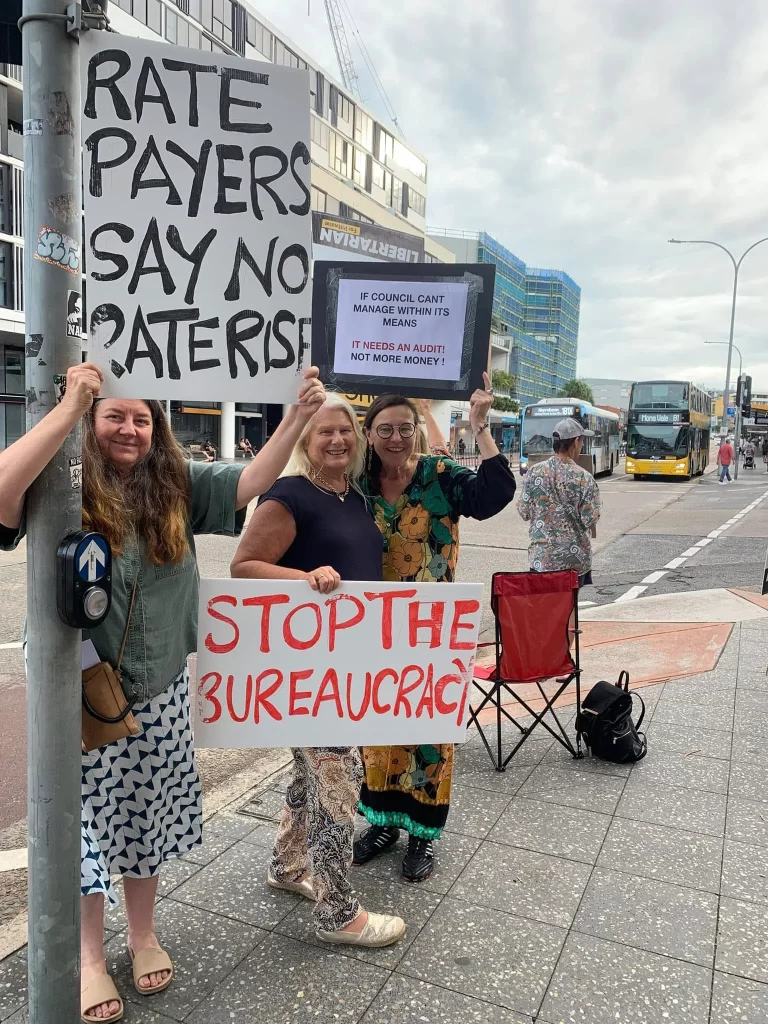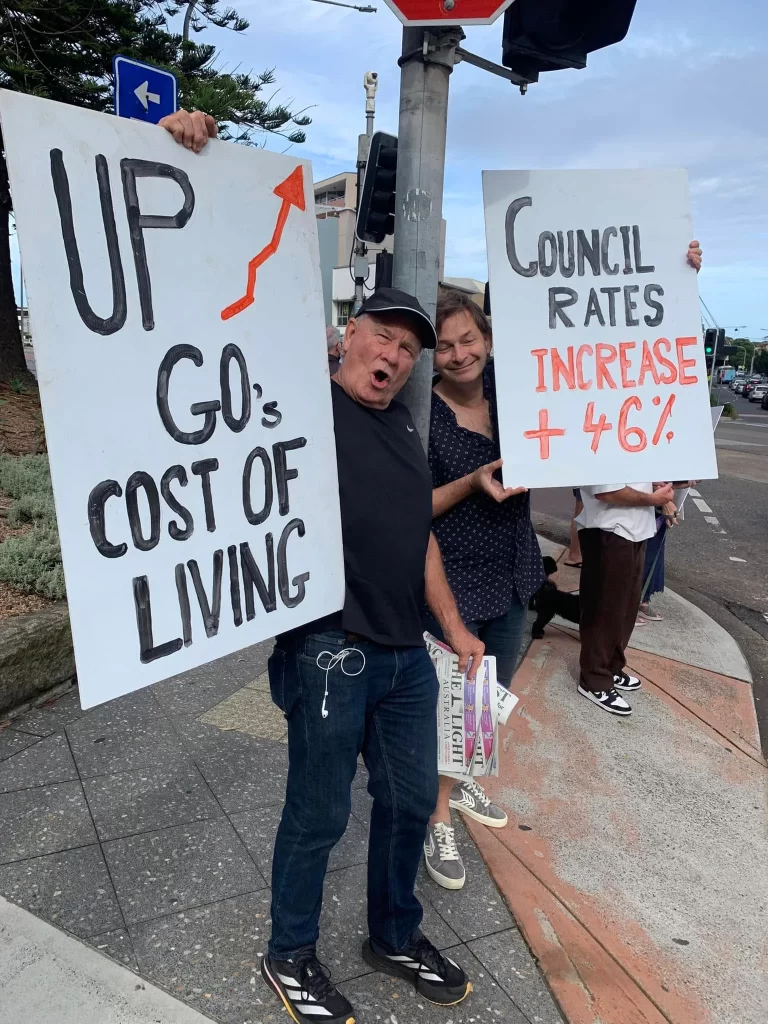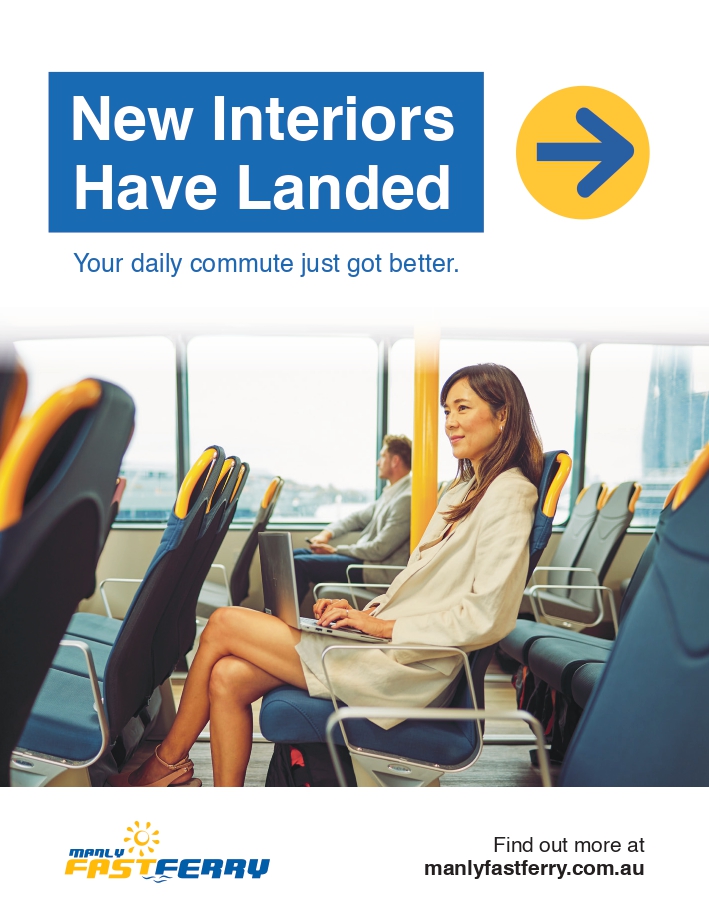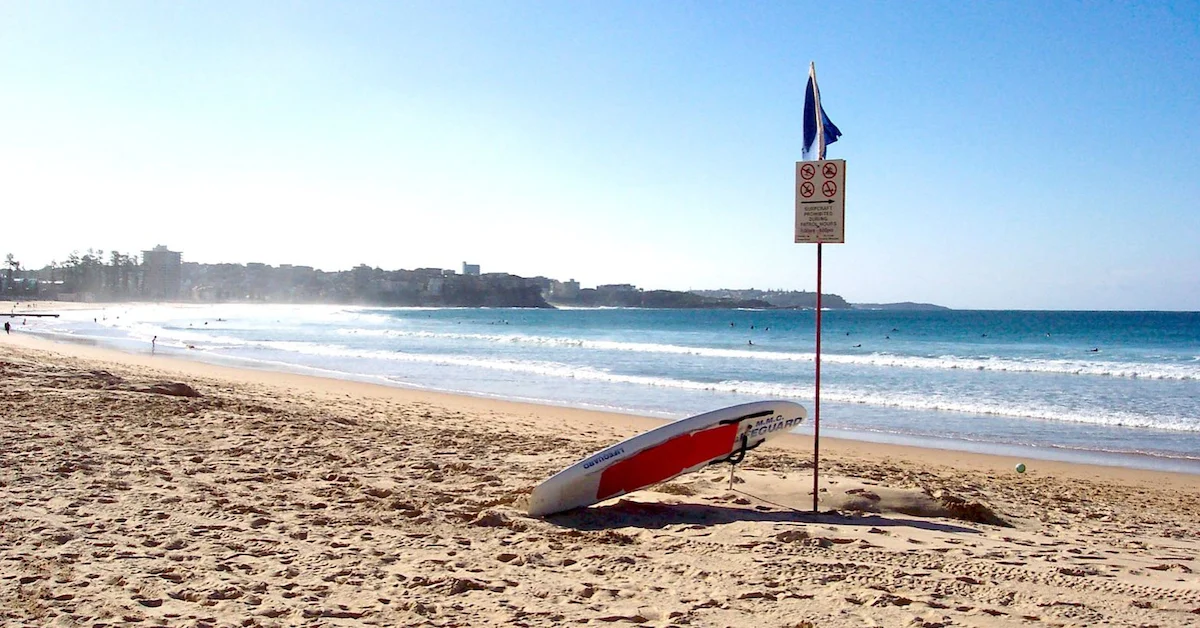Northern Beaches residents are furious after a decision to seek approval for a 39.6% rate increase, which could see households in Manly and the surrounding suburbs paying an extra $673 annually and businesses facing thousands in additional costs.
The decision, made on 28 January, came despite heated protests outside the chambers, where around 200 locals gathered to express their anger over what they see as an unfair financial burden during a cost-of-living crisis.
Community Backlash as Rate Increase Pushed Forward
A narrow 8–7 vote in favour of applying for the increase to the Independent Pricing and Regulatory Tribunal (IPART) has sparked backlash across the Northern Beaches.
Local protests began even before the meeting, with signs reading, “Enough is enough!” and “We can’t afford this.” The public gallery was packed with concerned residents, some shouting in frustration as Northern Beaches leaders debated the motion. The meeting had to be paused twice due to disruptions from angry ratepayers demanding that their concerns be heard.
Some officials opposed the decision, suggesting that instead of raising rates, Council should explore alternative funding methods, such as selling underutilised properties and reducing administrative costs. They argued that Northern Beaches should focus on cutting unnecessary expenses rather than increasing financial pressure on ratepayers. Calls for tighter budget management, including scaling back on non-essential events and reviewing staff costs, were also raised.
Protest organisers said homeowners are already under financial stress, with rising utility bills, food costs, and rents. Business owners, particularly in Manly, fear they may not be able to absorb the additional costs, potentially leading to closures and job losses.
The mood among protesters was one of deep frustration, with many expressing concerns about the long-term impact of the proposed rate hike on the community’s economic health.
How the Rate Hike Will Impact Households and Businesses
If approved, the rate increase will be phased in over three years, adding pressure to families and businesses already grappling with high inflation. While Council says the increase equates to just a few dollars per week for average households, the real impact varies depending on property values.
In areas like Pittwater, where land values are high, some property owners could see increases of up to $4,500 per year. In suburbs like Newport, where land values have surged over the past decade, families who purchased modest homes years ago are now facing rate increases based on inflated property valuations.

One resident from Narrabeen, who has lived in her home for over 30 years, said the proposed hike would force her to reconsider her living situation as her fixed income cannot keep up with rising expenses.
Renters are also expected to feel the impact, as landlords may pass the additional costs onto tenants. This is especially troubling in Manly, where rental prices are already among the highest in Sydney. A local real estate agent noted that rental increases are almost inevitable if the rate hike goes ahead, exacerbating the region’s housing affordability issues.
The Impact on Manly’s Small Business Community
For Manly’s small business community, the proposed rate hike feels like another blow after years of economic challenges. Many businesses are still recovering from the financial impacts of the COVID-19 pandemic, followed by increased energy costs, supply chain disruptions, and rising rents. Now, faced with the possibility of significantly higher council rates, business owners fear they may have to make difficult decisions, including reducing staff or even closing down.
Businesses in Manly and other commercial hubs may face rate hikes exceeding $7,000 annually, with some high-value properties seeing even steeper rises. For example, a small café in Manly that currently pays around $19,000 in annual rates could see an increase of more than $7,000, which many small business owners say is unsustainable.
A Manly café owner described the rate hike as devastating, saying they are already struggling with soaring power bills and increased supplier costs. Business representatives argue that rising costs will be passed down to customers, further driving up living expenses in the area. They worry that higher prices could deter both locals and tourists, reducing foot traffic and hurting the local economy.
Retail shop owners along The Corso expressed similar concerns. One clothing boutique owner said that the cumulative effect of increased rates, rent, and utilities could make it impossible to maintain a profitable business. Many small business owners believe the council should do more to support local enterprises rather than adding to their financial burdens.

Defending the Decision
Council has defended the decision, citing financial pressures from rising costs, natural disasters, and funding gaps. Without the increase, representatives argue that critical services and infrastructure maintenance—including road repairs, stormwater drainage, and community facilities—would suffer. They point to a backlog of maintenance projects and the need for upgrades to ageing infrastructure across the region.
Officials also highlighted the growing cost of maintaining community services such as sports fields, swimming pools, libraries, and parks. Additionally, recent extreme weather events have caused significant damage to local infrastructure, adding to the financial strain. The cost of repairing storm-damaged roads, seawalls, and public spaces has risen sharply over the past few years.
Residents’ Concerns
However, residents are sceptical. Many claim the community consultation process was flawed, arguing that the survey was designed to favour the rate rise. Some participants felt the survey’s structure limited their ability to voice genuine opposition, with questions framed in a way that appeared to guide responses toward supporting the increase.
There are also concerns about how effectively Council is managing its existing budget. Some residents pointed out that despite previous rate increases, local infrastructure remains in poor condition. Roads riddled with potholes, neglected public parks, and underfunded community programs have led many to question whether resources are used efficiently.
Critics pointed to expenses related to marketing campaigns, community events, and administrative overheads as areas where savings could be made. Some have also questioned the growth saff numbers since the amalgamation of local councils, suggesting that a leaner administration could help reduce costs.
The application to IPART must be submitted by 3 February, after which residents will have an opportunity to make submissions before a final decision in May 2025.
Published 3-February-2025










